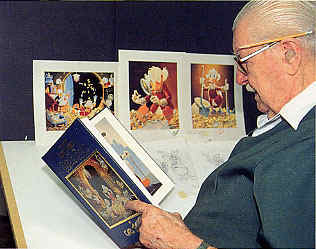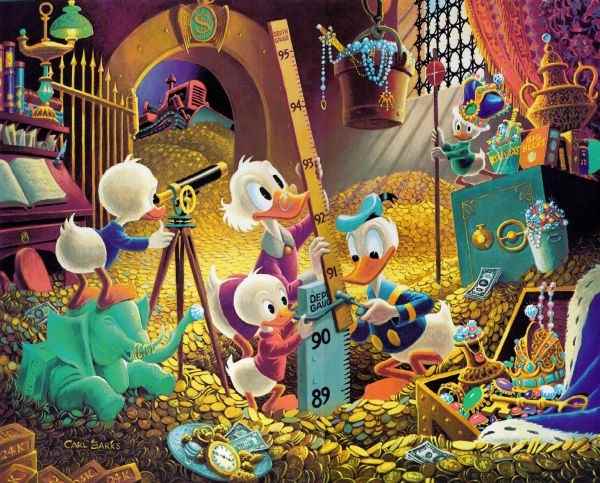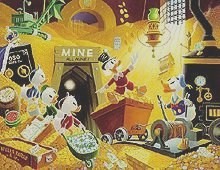New wine Things fell into place for me easier than for others, because I often had a whole panorama in my mind of what the story would be before I even put anything on paper. I believe that as time goes by people will realize those paintings I've done are all based on stories. If I don't paint something I can take a little pride in, I don't want to paint it in the first place. I like to outdo my own expectations and outdo whatever the guy expected when he ordered the painting. |


